hankyoreh
Links to other country sites 다른 나라 사이트 링크
[Photo] Joseon era relics unearthed in Insadong go on display for the public
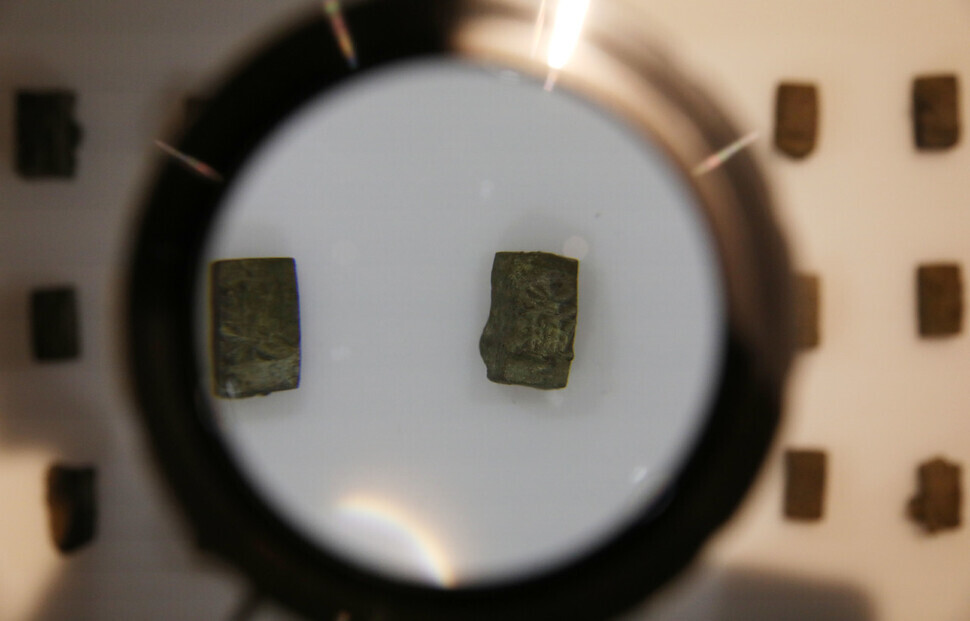
Important metal-based relics from the Joseon era that were discovered in June in the Pimatgol redevelopment area in Seoul’s Insadong neighborhood are being put on display for the public.
Including around 1,600 pieces of movable metal type and the chongtong, a form of hand cannon, they are being presented at the “Encounter with the Brilliant Scientific Technology of the Joseon Dynasty” exhibition, which is being held from Nov. 3 to Dec. 31 at the special exhibition gallery on the first floor of the National Palace Museum of Korea in Seoul’s Jongno District.
The exhibition features actual examples of movable metal Hangul type estimated to have been used around the time of the reigns of the early Joseon monarchs King Sejong and King Sejo. The movable type is believed to have been used around the same time as Sejong’s 1446 promulgation of the “Hunminjeongeum,” a document describing the Hangul alphabet.
Also on display are examples of Gabinja, a superior form of movable metal type used for Chinese characters, which was developed during Sejong’s reign in 1434. This type attracted a great deal of attention at the time of its excavation.
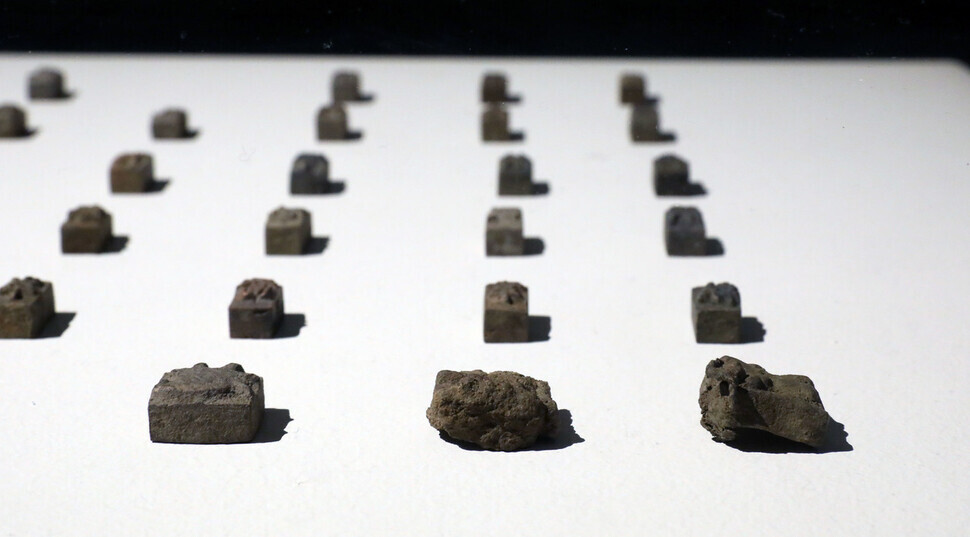
The exhibition consists of two sections: one focusing on the early Joseon movable metal type unearthed at a dig site in Insadong, and another focusing on the excavated artifacts and the study of meteorology in early Joseon.
For the first section on movable metal type, visitors are greeted at the gallery entrance by a broken ceramic urn.
This urn was excavated in June along with a chongtong from a private home site dating back to the 16th century. It drew major attention when pieces of movable metal type were discovered in a hole in its side.
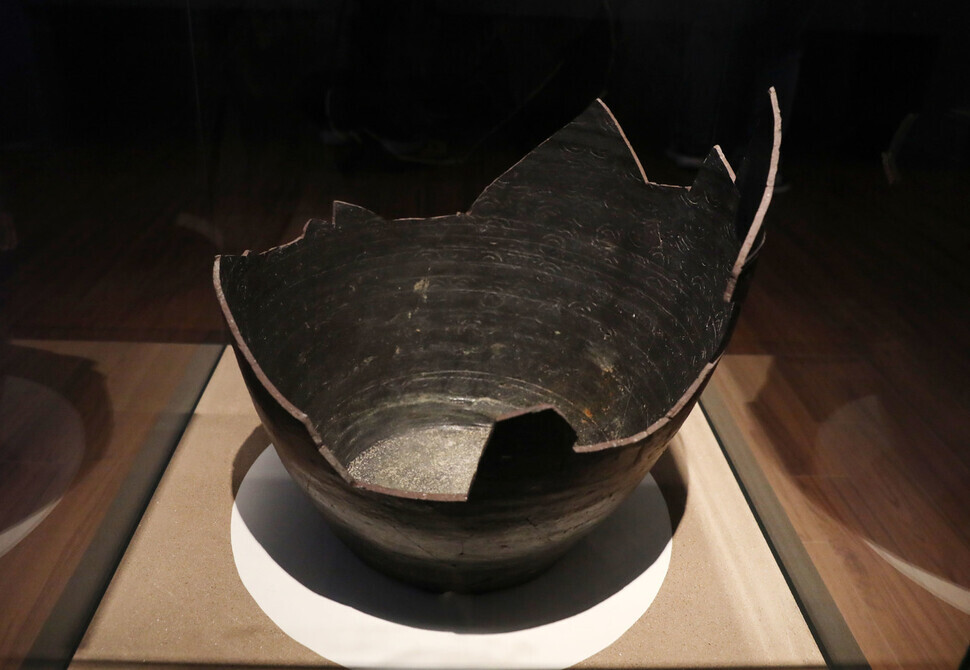
Moving past the urn, visitors will see 304 pieces of Gabinja, Eulhaeja, and Eulyuja type with established casting dates.
Gabinja type was developed from the type used in books such as “Hyosunsasil (The Book of Filial Piety),” which was used in royal lectures. The metal type was created by using imitation characters by Sejo — who was then known as Grand Prince Suyang — to make up for others that were missing.
Eulhaeja type was created in 1455, the first year of Sejo’s reign, and based on the handwriting of Gang Hui-an, a scholar-official, painter, and calligrapher who was active during the early Joseon era. Eulyuja type was developed in 1465 and modeled on the handwriting of Jeong Nan-jong, also an early Joseon scholar-official, painter, and calligrapher.
The exhibition’s second section offers a look at the science and technology of the early Joseon era. Visitors can study the “seungja chongtong” hand cannon, which was made in 1583, and “soseungja chongtong” small hand cannons made in 1588.
Chongtong weapons were operated by loading balls and lighting a fuse. They were used in wars with the Jurchen and Japanese during the early Joseon era.
Typically, chongtong handles were engraved with the year of production, the weapon’s name, the weight, the name of the craftsman responsible, the amount of gunpowder, and the number of projectiles.
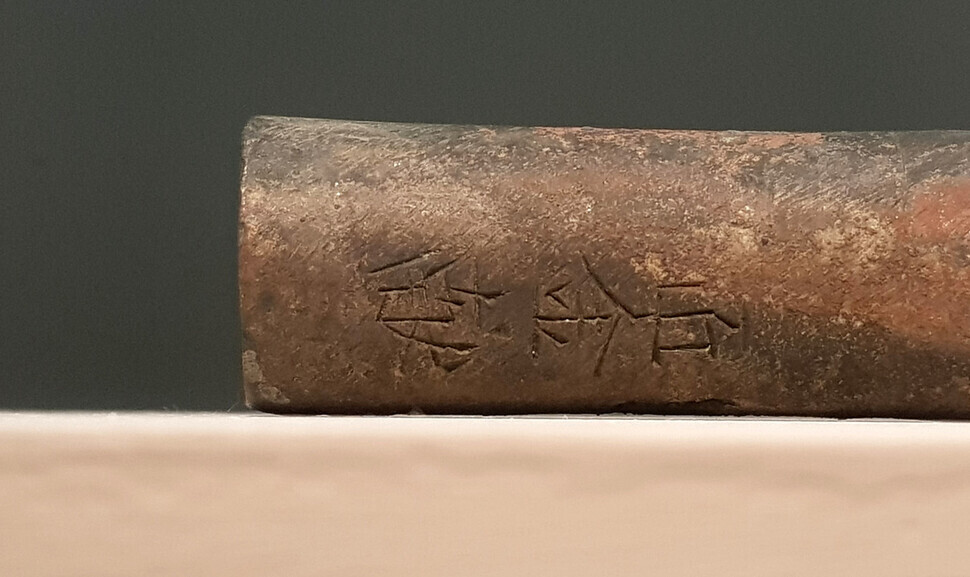
Other examples of technology on view include the Soiryeong simplified sundail and the “iljeon,” an internal component used in automatic water clocks.
Magnifying glasses are available throughout the gallery to allow a closer view of the metal type pieces on display. Also on hand are portable computers with photographs to assist viewers.
To further aid understanding, an exhibition catalogue can be downloaded from the National Palace Museum of Korea website. Videos describing the Insadong excavation and offering exhibition explanations will be available on the websites of the Cultural Heritage Administration and the museum’s YouTube channel beginning in the second week of November.
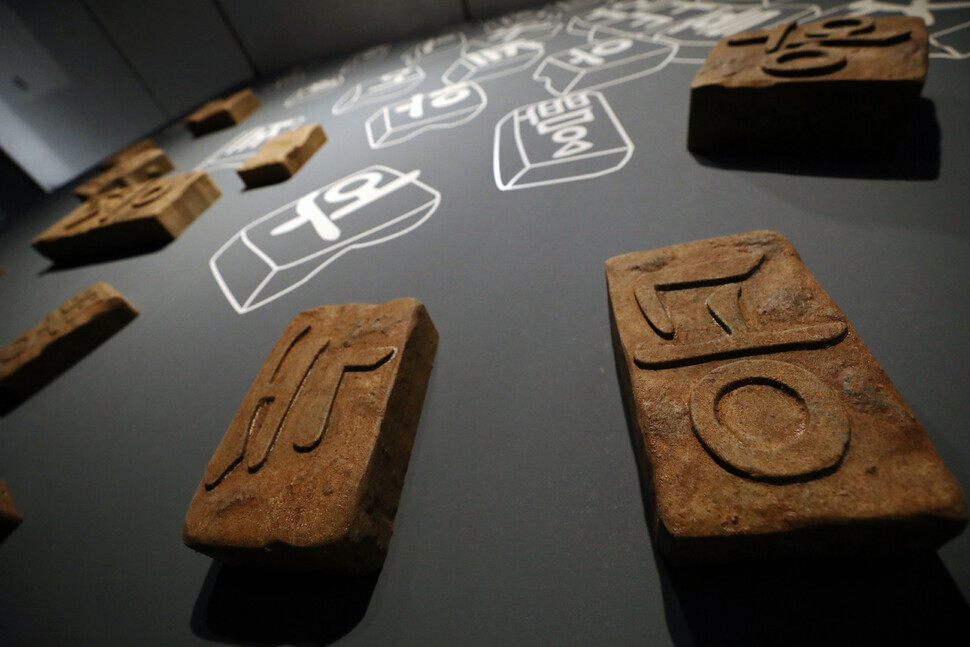
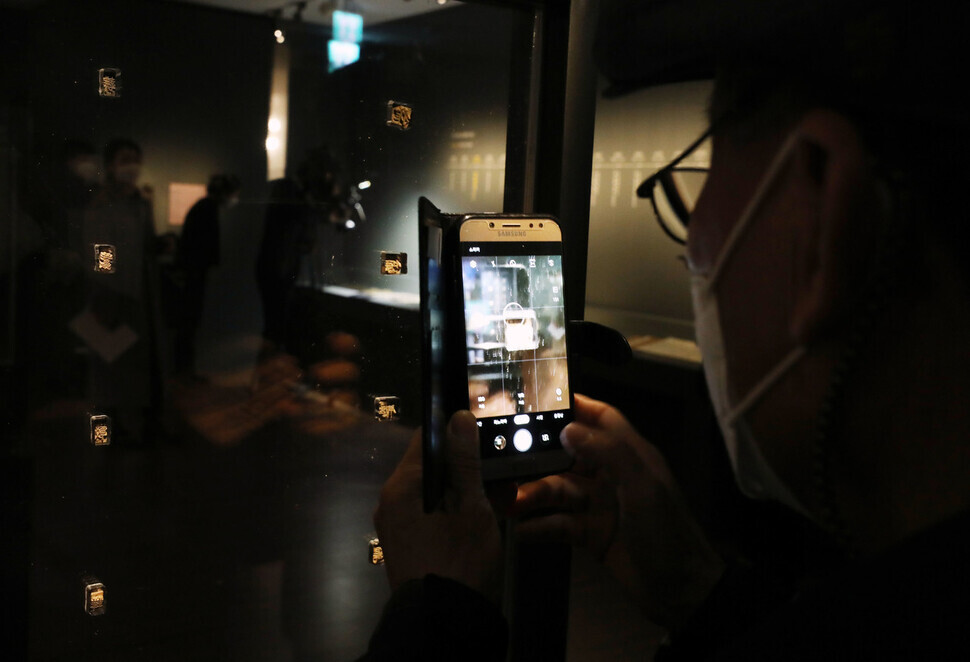

By Kim Hye-yun, staff reporter
Please direct questions or comments to [english@hani.co.kr]

Editorial・opinion
![[Editorial] Intensifying US-China rivalry means Seoul must address uncertainty with Beijing sooner than later [Editorial] Intensifying US-China rivalry means Seoul must address uncertainty with Beijing sooner than later](https://flexible.img.hani.co.kr/flexible/normal/500/300/imgdb/original/2024/0517/8117159322045222.jpg) [Editorial] Intensifying US-China rivalry means Seoul must address uncertainty with Beijing sooner than later
[Editorial] Intensifying US-China rivalry means Seoul must address uncertainty with Beijing sooner than later![[Column] When ‘fairness’ means hate and violence [Column] When ‘fairness’ means hate and violence](https://flexible.img.hani.co.kr/flexible/normal/500/300/imgdb/original/2024/0516/7417158465908824.jpg) [Column] When ‘fairness’ means hate and violence
[Column] When ‘fairness’ means hate and violence- [Editorial] Yoon must stop abusing authority to shield himself from investigation
- [Column] US troop withdrawal from Korea could be the Acheson Line all over
- [Column] How to win back readers who’ve turned to YouTube for news
- [Column] Welcome to the president’s pity party
- [Editorial] Korea must respond firmly to Japan’s attempt to usurp Line
- [Editorial] Transfers of prosecutors investigating Korea’s first lady send chilling message
- [Column] Will Seoul’s ties with Moscow really recover on their own?
- [Column] Samsung’s ‘lost decade’ and Lee Jae-yong’s mismatched chopsticks
Most viewed articles
- 1[Editorial] Transfers of prosecutors investigating Korea’s first lady send chilling message
- 2[Exclusive] Unearthed memo suggests Gwangju Uprising missing may have been cremated
- 3[Column] US troop withdrawal from Korea could be the Acheson Line all over
- 4Xi, Putin ‘oppose acts of military intimidation’ against N. Korea by US in joint statement
- 5[Column] When ‘fairness’ means hate and violence
- 6[Editorial] Intensifying US-China rivalry means Seoul must address uncertainty with Beijing sooner t
- 7‘Shot, stabbed, piled on a truck’: Mystery of missing dead at Gwangju Prison
- 8Spotlight turns to Hyundai Group Chairwoman’s visit to North Korea
- 9[Column] Samsung’s ‘lost decade’ and Lee Jae-yong’s mismatched chopsticks
- 10[Column] Will Seoul’s ties with Moscow really recover on their own?